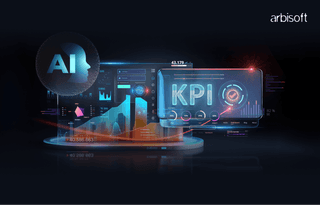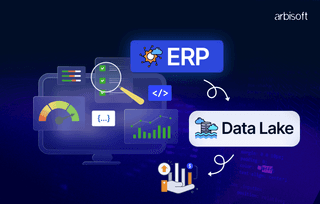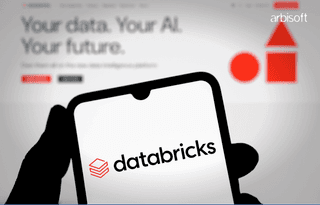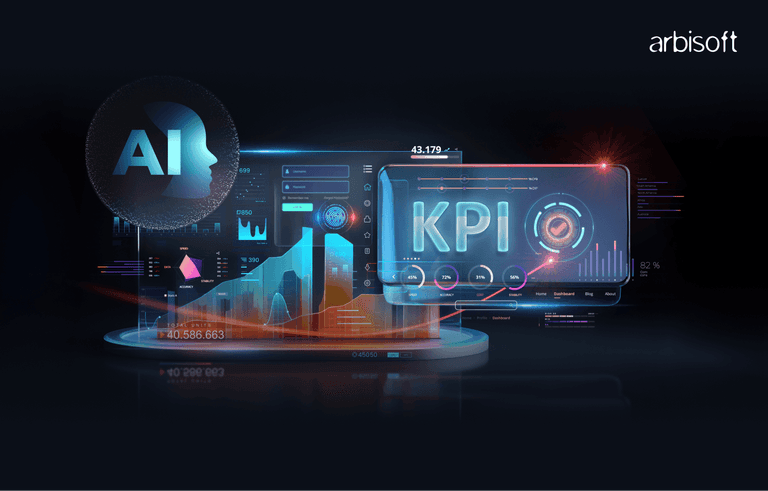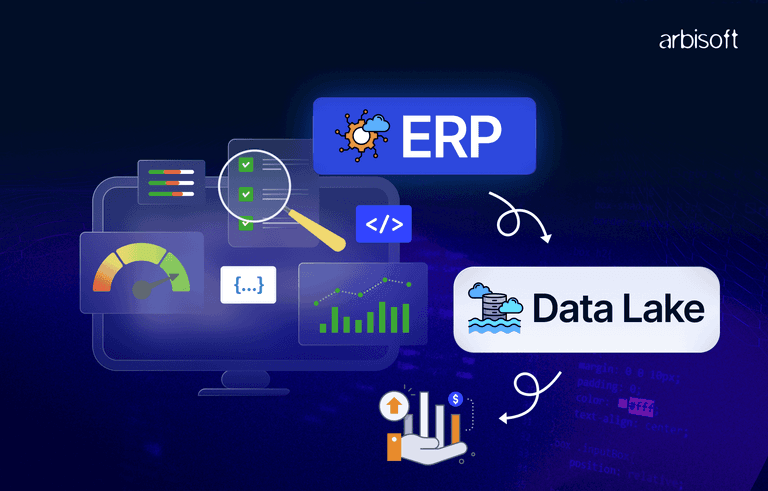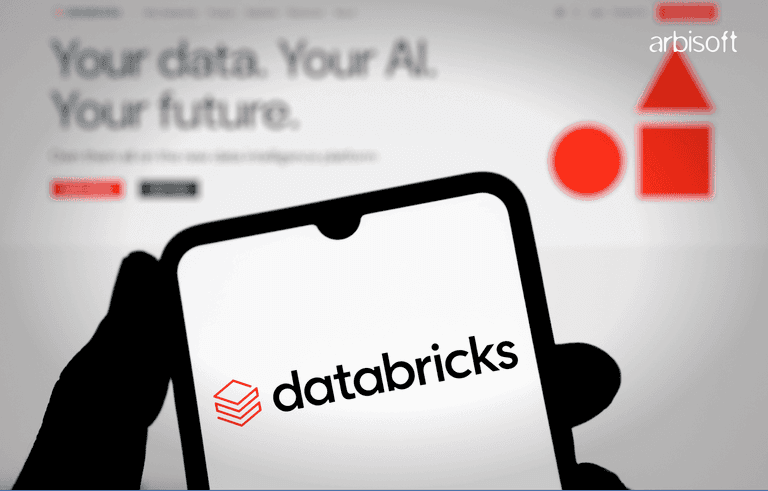We put excellence, value and quality above all - and it shows




A Technology Partnership That Goes Beyond Code

“Arbisoft has been my most trusted technology partner for now over 15 years. Arbisoft has very unique methods of recruiting and training, and the results demonstrate that. They have great teams, great positive attitudes and great communication.”
How Leveraging Predictive Analytics Solutions & Services Can Solve a Company's Most Pressing Business Challenges
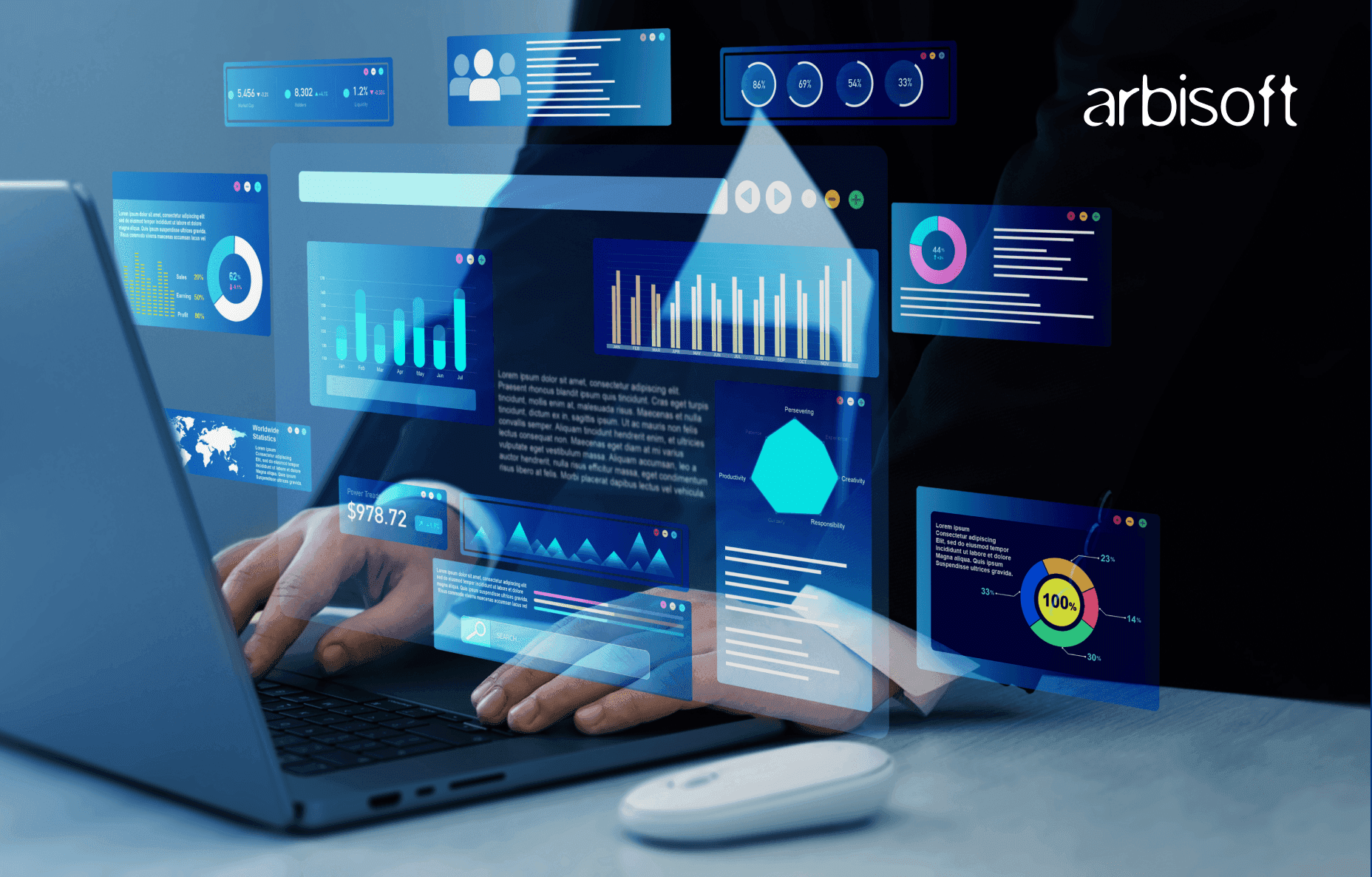
If you're responsible for leading digital growth, you've likely run into a few of these: scattered data, misaligned forecasts, missed opportunities, and unpredictable customer behavior. These aren’t just growing pains. They're signals that your company needs better foresight. Predictive analytics solutions can provide exactly that—if implemented with purpose.
Let's break down how predictive analytics for business works, what problems it solves, and how to use it effectively. This isn’t guesswork. This is how modern companies stay ahead.
Identifying Business Challenges in the Modern Tech Enterprise
Before you choose any tool, you need clarity on what you’re up against. Tech-driven enterprises deal with data overload and constant market shifts. Identifying the right challenges is half the battle.
The Rising Complexity of Data Silos and Integration
Most companies don’t suffer from a lack of data. They suffer from too much of it, stored in too many places. Sales data in one platform, customer feedback in another, inventory data in a spreadsheet, and operational metrics in yet another.
This fragmentation causes delays, duplication, and incomplete analysis. It also makes predictive analytics harder to implement. Why? Because accurate forecasting depends on integrated, high-quality data sources. One missing link can throw the entire prediction off.
Rapid Market Shifts and Evolving Customer Behaviors
Customer preferences change fast. New competitors enter the market. Economic shifts affect buying patterns. Internal systems often lag behind these changes.
For business leaders, this unpredictability means constant pressure to anticipate demand, adapt pricing, and align marketing. Predictive analytics solutions help reduce this uncertainty. But to use them well, you need to first acknowledge how volatile your market truly is.
Unpacking the Pressing Obstacles
Once the business challenges are clearly mapped out, the next step is understanding why traditional approaches don’t cut it anymore.
Operational Inefficiencies and Revenue Stagnation
Manual forecasting, outdated dashboards, and instinct-driven decisions often slow teams down. It leads to overstocking, missed opportunities, or campaigns that fail to hit their mark.
Predictive analytics services improve decision-making precision. For instance, forecasting tools can project customer demand based on past behavior, seasonality, and external events. This helps companies allocate resources more efficiently and minimize waste.
Legacy Systems and Limited Internal Talent
Legacy tools still run critical parts of many enterprises. But they weren’t built for real-time analytics or AI-driven forecasts. Connecting predictive analytics tools to these systems often means tackling compatibility issues.
On top of that, there’s a shortage of internal talent. Data scientists, machine learning engineers, and data engineers are hard to hire. Many organizations choose to work with predictive analytics companies that offer expertise and hands-on support instead of building everything in-house.
Hiring the right people to build or support your predictive systems matters just as much as the tech stack. If you're wondering what to look for, this deep dive on key skills to look for when hiring a data engineer in 2025 breaks it down.
Budget Constraints and Board-Level Expectations
Executive teams want innovation, but only with provable ROI. This puts pressure on teams to deliver measurable results fast, without overspending.
This is where modular predictive analytics solutions & services can help. Many offer scalable pricing based on usage, along with pre-built integrations that cut implementation costs. When framed properly, predictive analytics becomes a cost-saving tool rather than a line item.
The Cost of Inaction for Business Leaders
Ignoring the data issues and delays may seem manageable in the short term. But over time, the costs multiply.
Missed Opportunities from Siloed Data
When teams can’t access shared, trusted data, decision-making suffers. Sales might chase the wrong leads. Marketing might miss key trends. Customer success might overlook churn risks.
Companies without integrated analytics miss chances to act. Meanwhile, competitors use predictive insights to grab market share. The gap widens fast.
Delays in Time-to-Insights Impacting Competitiveness
In many organizations, it still takes weeks to pull and analyze data for major decisions. But in fast-moving industries, that delay is the difference between leading and lagging.
Predictive analytics services reduce time-to-insight dramatically. With near real-time analysis, teams can act before problems escalate or opportunities pass.
The question isn’t if you can afford predictive analytics. It’s whether you can afford to keep operating without it.
Predictive Analytics Solutions & Services as the Game Changer
Let’s shift from problems to solutions. This is where predictive analytics steps in—not as a theory, but as a proven approach to driving smarter, faster, and more profitable business operations.
What Are Predictive Analytics Solutions and Services?
Predictive analytics solutions are tools that use machine learning, historical data, and statistical algorithms to predict future outcomes. Predictive analytics services go further. They include consulting, implementation, training, and sometimes data infrastructure support.
Together, these offerings allow companies to move from hindsight to foresight. Instead of asking what happened, you ask what is likely to happen next, and what you should do about it.
With Arbisoft’s predictive analytics solutions, you can transform your data to maximize your business potential with actionable intelligence that drives smarter decisions across every department.
Which Analytics Aims at Solving Business Problems?
Several types of analytics exist. Descriptive analytics tells you what has already happened. Diagnostic analytics explains why it happened. But the one that directly answers real business problems is predictive analytics.
If you’re wondering which analytics aims at solving business problems, the answer lies in prediction. It's the only type that helps you proactively manage what’s coming.
How Is Predictive Analytics Used in Business?
Predictive analytics for business is used across industries:
- In retail, it forecasts demand and personalizes promotions
- In healthcare, it predicts patient readmissions
- In finance, it detects fraud and calculates credit risk
- In SaaS, it identifies churn risks and optimizes pricing models
What makes it powerful is its ability to connect historical patterns to future outcomes, enabling decisions that save money or unlock growth.
How Can Predictive Analytics Be Used as Part of a Solution to a Business Problem?
Let’s say your company is losing customers unexpectedly. Descriptive data will show the drop. But predictive analytics services will dig into usage patterns, demographics, and support history to highlight which customers are at risk of leaving.
From there, you can design targeted outreach or product changes. That’s how predictive analytics becomes a central part of the solution.
Essential Steps for Predictive Analytics
- Define the Problem: Be specific. Avoid broad goals like "increase revenue."
- Consolidate and Clean Data: Inaccurate inputs lead to inaccurate predictions. Use data integration tools.
- Select Algorithms and Tools: Choose models based on the problem’s nature and data availability.
- Validate and Monitor: Always test and refine. A model that worked last quarter may not work now.
- Integrate with Business Processes: Predictions only help if they influence real decisions. Ensure your teams can act on the insights.
Partnering with predictive analytics companies can help accelerate these steps and avoid common pitfalls.
Companies investing in predictive analytics often also outsource machine learning work, which brings up a critical concern: how to ensure proper knowledge transfer and documentation with outsourced ML teams.
Choosing the Right Predictive Analytics Partner
No tool works well in isolation. The partner you choose to implement your solution will influence outcomes more than the software itself.
Evaluating Predictive Analytics Companies & Vendor Expertise
Look beyond the pitch deck. Examine case studies, team credentials, and integration experience. Do they have a history in your industry? Have they handled similar data environments?
A credible partner will explain their process in practical terms. They will also help you identify which analytics aims at solving your specific business problems and customize their approach accordingly.
Proven Integration and Support Models
You need more than installation. You need guidance. Vendors should support system integration, change management, and internal training. Ask about their support models—before, during, and after implementation.
Flexible Pricing and ROI Considerations
The best predictive analytics solutions & services are built to scale. Look for transparent pricing that aligns with usage and business goals. Subscription models with modular features often work best for growing teams.
Measure ROI not just in dollars saved, but in time-to-insight, customer retention, and operational efficiency.
Real-World Results: Case Studies in Predictive Analytics for Business
A consumer electronics company used predictive analytics to forecast seasonal demand, reducing stockouts by 40% and improving on-time delivery.
A software firm leveraged predictive scoring for lead prioritization, increasing sales pipeline velocity by 28%.
A logistics company used predictive maintenance to detect vehicle failures in advance, cutting downtime by 22%.
These aren’t isolated wins. They show how predictive analytics for business consistently delivers tangible improvements.
Next Steps for Forward-Thinking BI Leaders
If you’re serious about solving high-impact business challenges, predictive analytics is no longer optional.
Building a Business Case for Predictive Analytics
Start with quantifying the problem. What is delayed insight costing you? How much are you losing to churn, inefficiency, or stockouts?
Then map how predictive analytics solutions align with solving those pain points. Focus on measurable improvements and long-term scalability.
Collaborating with CTOs, Data Science, and Industry Analysts
Predictive analytics isn’t a one-person show. Involve your CTO, data leaders, and even external analysts to evaluate vendors and strategies. The more aligned your team is, the faster you’ll reach value.
Final thought: Predictive analytics doesn’t just tell you what might happen. It tells you what to do about it. And in business, that difference is everything.
If you're exploring predictive analytics solutions & services and want to talk through your specific business challenges, get in touch with us to start the conversation.
FAQs
1. What problems can predictive analytics help solve in business?
Predictive analytics addresses issues like scattered data, inaccurate forecasts, customer churn, inefficient resource allocation, and delayed decision-making by using historical data and algorithms to forecast likely outcomes.
2. How do data silos affect predictive analytics?
When data is spread across multiple unconnected systems, forecasts become incomplete or inaccurate. Integrated, high-quality data is essential for reliable predictions.
3. Why are traditional forecasting methods no longer enough?
Manual or instinct-driven forecasting struggles to keep pace with rapid market changes and complex datasets. Predictive analytics adapts to evolving conditions in real time, offering more precise and timely insights.
4. How is predictive analytics used in different industries?
Retail: Demand forecasting and personalized promotions
Healthcare: Predicting patient readmissions
Finance: Fraud detection and credit risk assessment
SaaS: Churn prediction and pricing optimization
5. Which type of analytics solves business problems proactively?
Predictive analytics is the only analytics type focused on anticipating future outcomes, enabling proactive decisions rather than reactive ones.








